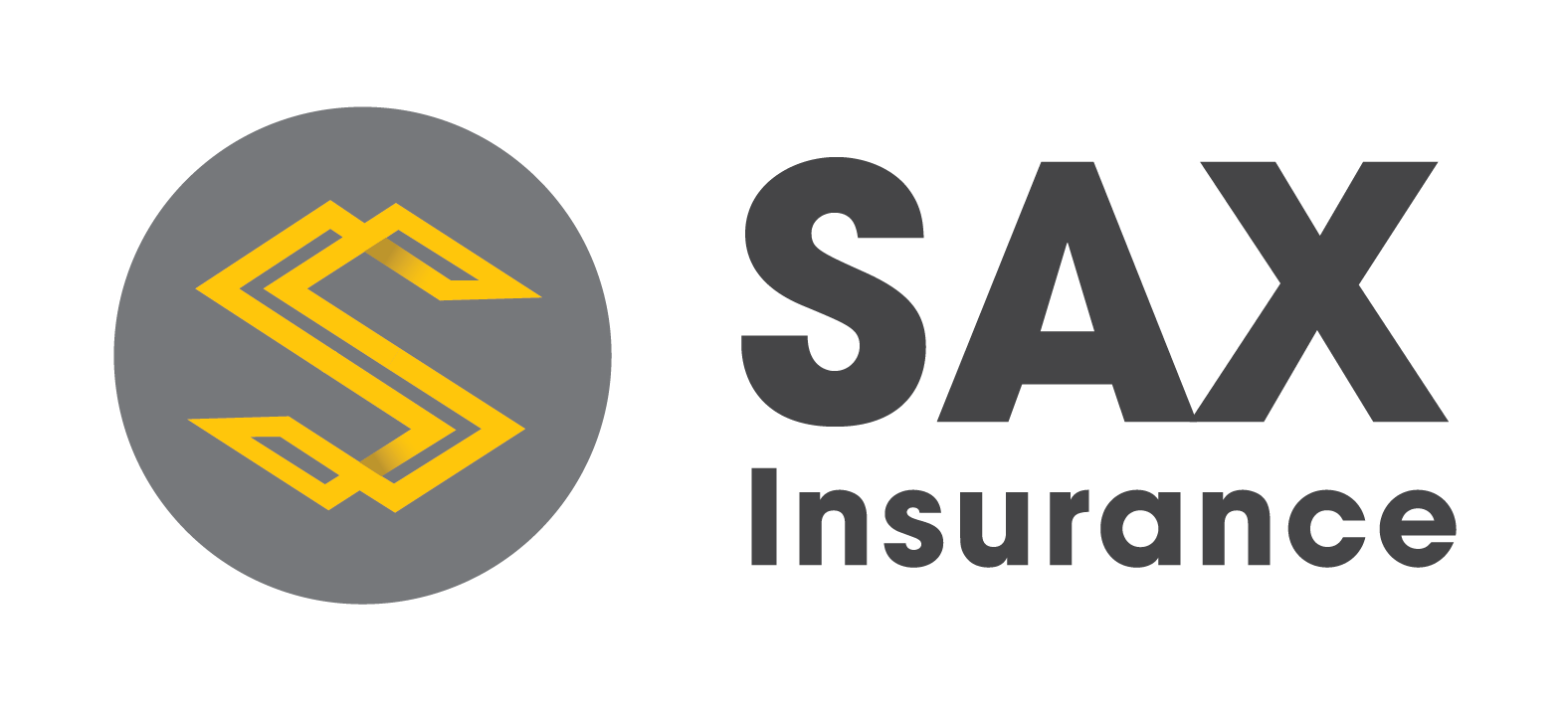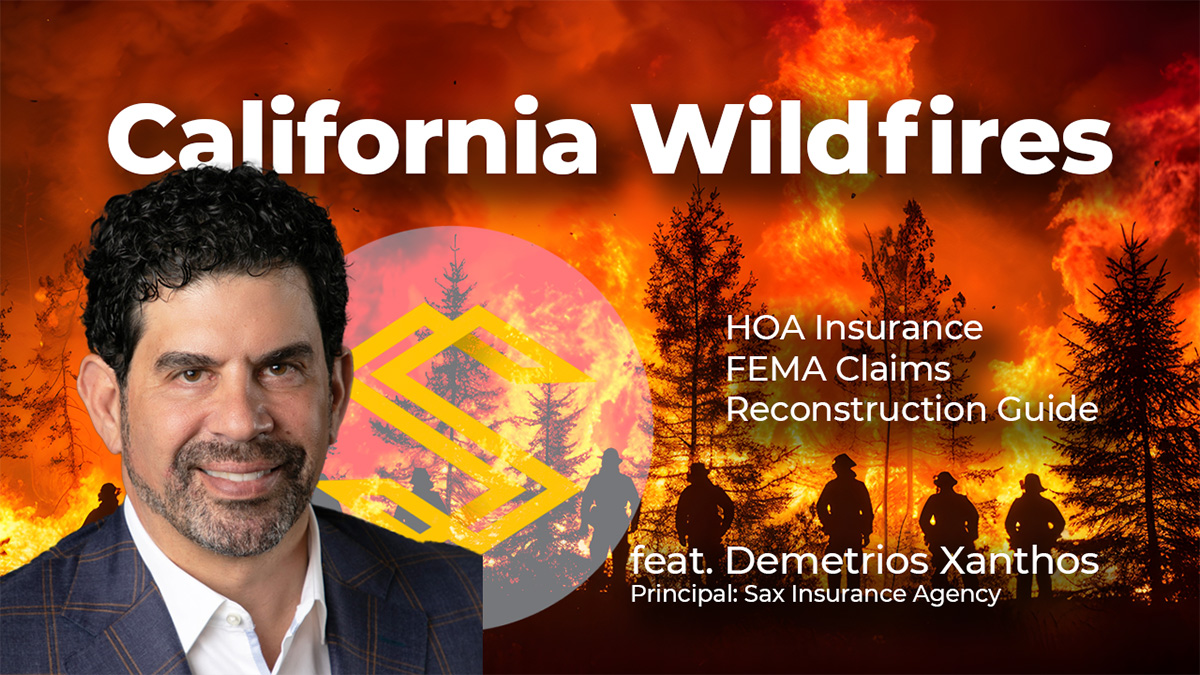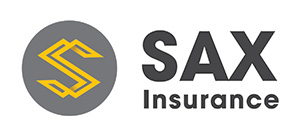The recent wildfires in California, particularly in areas like the Palisades and Altadena, have left communities grappling with unprecedented loss and uncertainty. In a recent webinar hosted by HOA Organizers, Demetrios Xanthos, Principal at Sax Agency joined a panel of experts to provide actionable guidance for homeowners and HOA boards navigating the complex recovery and rebuilding process. This blog, crafted on behalf of Sax Agency, draws from the webinar transcript to offer a comprehensive roadmap for addressing insurance claims, reconstruction, legal obligations, and environmental concerns in the wake of these devastating fires.
The Wildfire Crisis: A Turning Point for HOAs
With potential damages estimated at $120 billion, the wildfires have not only caused profound personal and property losses but also exacerbated an already strained insurance market. Demetrios Xanthos, a leading expert in HOA insurance, emphasized that the industry is still recovering from $60 billion in losses in 2022 and 2023, leading major carriers like State Farm, Farmers, and Travelers to tighten underwriting standards. This has resulted in higher premiums, non-renewals, and a growing reliance on non-admitted carriers, creating significant challenges for HOAs.
For HOA boards, homeowners, and property managers, the recovery process is multifaceted, requiring strategic coordination across insurance, legal, construction, and environmental domains. Below, we distill the panel’s insights, enriched with Sax Agency’s expertise, to guide communities toward resilience and recovery.
1. Immediate Steps for Insurance Claims: Act Fast, File Broadly
Key Takeaways from Demetrios Xanthos, Sax Agency
- File Claims with Primary Carriers and FEMA: Whether you’re a single-family homeowner, condo owner, or HOA board member, the first step after a fire loss is to file a claim with your primary insurance carrier. Xanthos stressed that even properties near the fire zone with smoke or soot damage are likely covered under standard policies, unless explicitly excluded. Concurrently, filing a FEMA claim is critical to address coverage gaps, such as insufficient loss-of-use funds. “There’s no downside to filing with FEMA,” Xanthos noted. “If you receive a ‘not approved’ notice, it’s not a denial—often, it’s just a request for additional documentation like proof of ownership or residency.”
- Understanding Loss of Use: Loss-of-use coverage, which funds temporary housing during reconstruction, is often underinsured. With rebuilding timelines potentially spanning 2–10 years due to permitting and labor shortages, Xanthos urged homeowners to review their policies. For example, a typical four-month loss-of-use limit may fall short, but additional coverage can be secured affordably. FEMA can bridge these gaps if primary coverage is exhausted.
- Non-Admitted Carriers and Layered Policies: The shrinking admitted carrier market has pushed HOAs toward non-admitted carriers, which are less regulated but viable if financially strong. In 2024, Sax Agency placed three times more policies with non-admitted carriers than in previous years. For high-value HOAs (over $50 million), layered policies—where multiple carriers cover different risk tiers (e.g., $5 million increments)—are now standard. These policies often come with higher fire peril deductibles, reflecting market trends.
- Navigating Non-Renewals and Cancellations: If you’ve received a non-renewal notice, Xanthos reassured that claims for losses during an active policy period remain covered. “Carriers are legally obligated to honor claims for occurrences within the policy term,” he explained. For HOAs currently uninsured due to carrier withdrawals, Sax Agency recommends staying in close contact with your agent to monitor when carriers lift underwriting freezes, likely after fires are fully contained.
- Smoke and Soot Claims: Properties near fire zones should file claims for smoke and soot damage, as these are typically covered unless excluded. An adjuster will assess whether a covered peril triggered the loss. Xanthos advised documenting all damage thoroughly to support claims.
Sax Agency’s Role: Sax Agency specializes in HOA insurance, offering tailored solutions to navigate non-admitted markets and layered policies. We can review your governing documents, assess coverage gaps, and connect you with reliable carriers. Fill the form at the bottom of this page to schedule a consultation and ensure your community’s protection.
2. Legal Obligations: Protecting Boards and Homeowners
Insights from Maria Cao, Fresco, Ives, and Boswell
- Review Governing Documents: Maria Cao emphasized that HOA governing documents are the blueprint for recovery, outlining insurance responsibilities and reconstruction obligations. For example, documents specify whether the HOA insures common areas, structures, or unit interiors (e.g., bare walls, standard interior, or all-inclusive). Boards must consult legal counsel early to interpret these provisions and avoid liability.
- Reconstruction Votes and Assessments: Some HOAs require a membership vote—often a supermajority (75% or higher)—to rebuild if insurance funds fall short. Cao noted that while rare, provisions may even allow voting against reconstruction, potentially leading to property sales. Boards may need to levy special assessments to cover funding gaps, a process that can be streamlined under SB 900 (2025) for utility-mandated repairs or emergency assessments for casualty events like fires.
- Board Liability Risks: Boards face significant liability if they intentionally underinsure to avoid high premiums, as this breaches fiduciary duty. Cao warned that personal assets could be at risk if boards knowingly violate governing documents. However, if insurance is unavailable despite exhaustive efforts, boards can amend documents with membership approval to reflect “best effort” coverage, reducing liability. Sax Agency supports this process by providing carrier marketing lists to demonstrate due diligence.
- Force Majeure and Contracts: Existing contracts (e.g., landscaping, painting) may include force majeure clauses excusing performance due to fires. Cao advised boards to work with legal counsel to pause or terminate such contracts, potentially reducing operational costs and revising budgets.
- Dissolution or Restructuring: Dissolving an HOA requires 100% membership approval, while restructuring depends on amendment thresholds in governing documents. Cao noted that partial losses complicate these decisions, requiring careful legal navigation.
Sax Agency’s Perspective: We collaborate with HOA counsel to align insurance policies with governing documents, minimizing legal risks. Our expertise ensures boards meet fiduciary duties while securing viable coverage.
3. Reconstruction: Proactive Planning Amid Bottlenecks
Guidance from Russell Brown, GBE Group
- Executive Order Eases Permitting: Governor Newsom’s executive order, announced on June 2, 2025, removes key regulatory hurdles, including the California Environmental Quality Act (CEQA) and Coastal Act requirements, for fire-affected areas. For total loss properties rebuilt “like-for-like,” permits may be processed in as little as a week, compared to the usual six months. Brown anticipates further deregulation as recovery progresses.
- Phased Recovery Process:
- Infrastructure Restoration: Cities prioritize restoring power, water, sewage, and roads, running parallel to initial reconstruction efforts.
- Demolition and Cleanup: The state may contract firms to clear entire neighborhoods, as seen in the Napa fires, providing blank lots for rebuilding.
- Construction: A 3,000-square-foot home typically takes 12 months to rebuild, but HOA projects may span years due to scale and resource constraints.
- Proactive Steps for Boards:
- Secure Architects and Engineers: Demand for professionals is high, so consider firms outside Southern California (e.g., Bay Area) for availability.
- Obtain Building Plans: Access original plans online to expedite “like-for-like” rebuilds, allowing up to 110% of original square footage without full code upgrades.
- Engage Contractors Early: Get multiple bids, vet contractors thoroughly, and check references to avoid price gouging. Newsom’s order includes protections against inflated costs, though details are pending.
- Environmental Cleanup: For non-total loss properties, pressure wash exteriors (including roofs) to remove toxic debris. Brown warned against DIY efforts, recommending professionals with respiratory equipment due to hazardous microparticles.
- Code Compliance: Rebuilds may require seismic, energy (Title 24), and fire-resistant upgrades (e.g., sprinklers, intumescent paint). Brown advised staying informed as regulations evolve.
- Documenting Losses: To support insurance claims, provide photos, receipts, or digital records (e.g., holiday photos showing furnishings) to verify possessions and finishes. Supplemental claims can be filed if additional damages are discovered later.
Sax Agency’s Support: We work with construction experts to align rebuilding costs with insurance payouts, ensuring funds cover code upgrades and fire-hardening measures. Our network streamlines the claims process for faster recovery.
4. Environmental and Health Concerns: Addressing Smoke and Soot
Insights from Russell Brown and Demetrios Xanthos
- Air and Surface Contamination: Wildfires release toxic particulates (soot, ash) and chemicals that settle on roofs, walls, and interiors, even in fire-adjacent areas. Brown recommended professional inspections by general or environmental contractors to assess damage, including electrical surges and air quality.
- Air Clearance Testing: For homes near fire zones, an air clearance test ($500–$1,500) samples indoor air over 24 hours, confirming safety for reoccupation. Brown emphasized using qualified restoration contractors for these tests.
- Pressure Washing: Roofs and exteriors are primary landing spots for debris, requiring professional pressure washing to prevent material degradation. Costs are typically $200–$300 per unit, but HOAs may not cover this unless part of a broader claim, depending on governing documents.
- Health Risks: Microscopic particles pose risks to vulnerable groups (e.g., children, elderly). Boards should communicate testing results transparently to reassure homeowners.
Sax Agency’s Commitment: We advocate for filing smoke and soot claims, providing documentation support to maximize payouts. Our network includes environmental contractors to expedite testing and cleanup.
5. Financial Strategies: Managing Costs and Assessments
Panel-Wide Insights
- Premium Increases: The $120 billion in potential losses will likely delay market stabilization, previously projected for 2027. Xanthos noted that pre-2021, a $10 million California property cost $10,000 to insure, compared to $35,000–$40,000 in states like Colorado or Missouri. Post-fires, premiums for high-risk HOAs (e.g., older, non-sprinklered, high brush scores) could range from $20,000 to $200,000, with some communities seeing 10x increases.
- Brush Scores and Underwriting: HOAs with brush scores above 80 or valuations over $60 million face coverage challenges. Xanthos advised documenting upgrades (e.g., new roofs, electrical panels) to improve insurability, as carriers verify permits via third-party reports.
- Special Assessments: If insurance or FEMA funds fall short, boards may levy special assessments. Cao highlighted SB 900, allowing emergency assessments without membership votes for utility-mandated repairs. Boards must document these decisions to avoid legal challenges.
- Property Taxes: Brown recommended applying for a revaluation at the county assessor’s office if properties are damaged or destroyed, reducing tax burdens until rebuilding is complete.
- HOA Dues: Cao clarified that HOA dues must be paid, even during evacuation or total loss, as there’s no offset provision. Non-payment risks collection actions or foreclosure.
Sax Agency’s Expertise: We help HOAs budget for premium hikes and assessments, guiding boards through FEMA claims and tax revaluations. Our financial strategies balance community needs with long-term stability.
6. Community Communication: Transparency and Support
Panel Recommendations
- Town Halls and Updates: Boards should host regular meetings with experts (insurance agents, contractors, attorneys) to address concerns, especially about air quality and rebuilding timelines. Transparent sharing of testing results and claim progress builds trust.
- Managing Expectations: Reconstruction may take years, with delays due to permitting, labor shortages, and infrastructure restoration. Brown advised against rigid timelines, encouraging boards to “chip away” at the process with a clear roadmap.
- Documentation: Maintain records of communications, claims, and testing to protect against lawsuits and ensure compliance.
Sax Agency’s Approach: We offer to participate in town halls, explaining insurance processes and answering homeowner questions. Our goal is to empower boards to keep communities informed and united.
Key Takeaways for HOA Boards
- Demetrios Xanthos: File claims with primary carriers and FEMA, review loss-of-use coverage, and work with professionals to navigate non-admitted and layered policies.
- Maria Cao: Consult governing documents, secure legal counsel, and amend insurance provisions if coverage is unavailable to protect board liability.
- Russell Brown: Start reconstruction planning now, secure architects and contractors, and pressure wash properties to mitigate toxic debris.
How Sax Agency Can Help
At Sax Agency, we’re committed to guiding HOAs through wildfire recovery with tailored insurance solutions. Our services include:
- Coverage Reviews: Align policies with governing documents to eliminate gaps.
- Claim Advocacy: Support filing with carriers and FEMA, maximizing payouts for property, smoke, and loss-of-use claims.
- Market Expertise: Navigate non-admitted carriers and layered policies to secure coverage for high-risk communities.
- Risk Mitigation: Advise on fire-hardening upgrades to lower premiums and enhance safety.
- Collaborative Support: Connect with legal, construction, and environmental experts for a holistic recovery strategy.
Contact us at https://saxagency.com to schedule a consultation. For additional resources, email dearneta@organizers.com or follow HOA Organizers for updates on future webinars.
Looking Forward: A Resilient Future
The webinar underscored the power of preparation, collaboration, and perseverance. While the wildfires have tested California’s communities, HOAs equipped with expert guidance can rebuild stronger and safer. Sax Agency stands ready to support your journey, offering the tools and expertise to navigate this challenging landscape.
Stay informed, stay safe, and let’s rebuild together.
#HOARecovery #WildfireInsurance #SaxAgency #CommunityResilience



